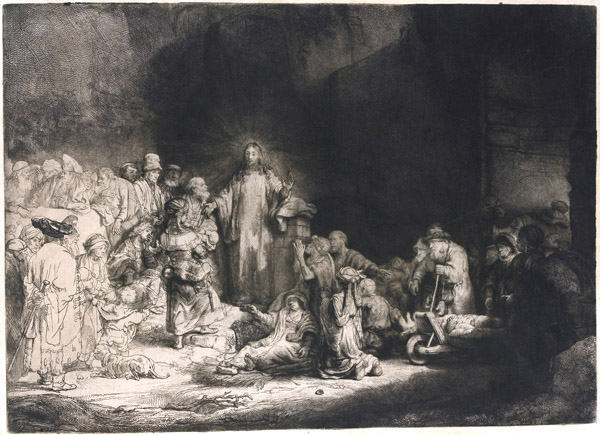Chapter Four: Virtue
By identifying the fine artist with the Genius, 18th century philosophers promoted originality – the latter’s distinguishing attribute – at the expense of an older value, referred to in Italy as virtù. This word survives in English as ‘virtuoso’. In early Rome virtus referred to the exemplary quality of a man [vir], originally in battle, and later in the civilising arts of peace. Its equivalent in early Greece was aretê, which in Homer’s Iliad had referred to the quality of a warrior in battle, while in the Odyssey it extended to the godlike ability of anyone – warrior or wife, sailor or swineherd – who met the challenges of life with panache.
In Plato’s dialogues Socrates tirelessly challenged the sophists, poets, and rhetoricians to define aretê. When Plato’s works were first translated into English, his aretê was rendered as ‘virtue’, which had come to mean moral excellence. Socrates had certainly sought excellence of character, but his culture, like that of Renaissance Italy, aimed at excellence across the board. The quality sought by the best Renaissance painters, sculptors and architects was not originality, but virtù.
Unlike his Italian contemporaries, Shakespeare knew the word ‘virtue’ only in its Christian guise. However when we listen to his words, it is not their originality that grips us, but their virtù or Quality. This chapter also submits Michelangelo and Rembrandt to the test of Quality, and finds that it fits them to a T (fig. 4.1).

Fig. 4.1, Rembrandt, Christ healing the Sick, 1639–49, etching with drypoint, Amsterdam, Rijksmuseum. Rembrandt’s magnificent ‘Hundred Guilder Print’ was based on a composition by his master, Pieter Lastman; he adopted the seated Pharisees on the left from an engraving of Leonardo’s Last Supper.
< Previous Chapter | Next Chapter >
